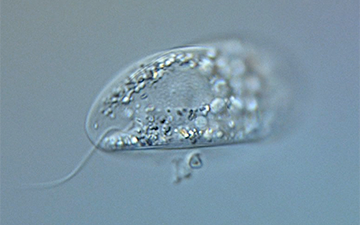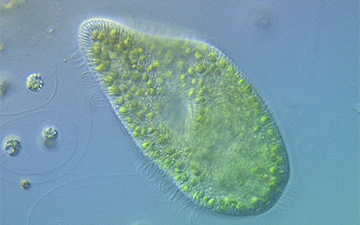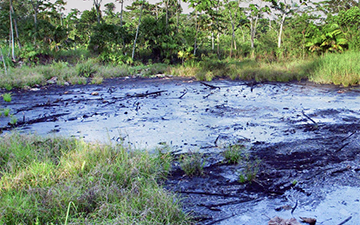Microbe Collection
Ongoing – (See Cards)…
This set simply aims to collect “microorganisms” as loosely as defined as those species that are multicellular, singled cell or smaller (essentially SCALE value of 3 or less). Given the incredible diversity and abundance of species in this category, the Phylo project is hopeful that this collection will grow to represent this important part of biodiversity.

Peridinium
Peridinium genus


4 POINTS
Play: Peridinium has a MOVE of 1, and is considered a MIXOTROPH
Fact: Peridinium morphology is typical of an armoured dinoflagellate type.

Petalomonas
Petalomonas genus


4 POINTS
Play: Petalomonas has a MOVE of 1, and is considered an HETEROTROPH
Fact: Petalomonas feeds by phagocytosis.

Paramecium
Paramecium genus


7 POINTS
Play: Paramecium has a MOVE of 1, and is considered an EUKARYOTROPH.
Fact: The green things are endosymbiotic algae known as chlorella.

Nitzschia
Nitzschia group


2 POINTS
Play: Nitzschia is considered an AUXOTROPH
Fact: Nitzschia are a common form of phytoplankton and have cell walls made of silica (called a frustule).

Nebela
Nebela genus


7 POINTS
Play: Nebela has a MOVE of 1, and is considered an EUKARYTROPH
Fact: Nebela are often found living on mosses and humus rich soils. They can be as small as 30um but also reach up to sizes of 380um.

Water Pollution
Event card
Play: Place this card on any ocean or freshwater based SPECIES card.
Effect: The SPECIES card is IMMEDIATELY discarded.